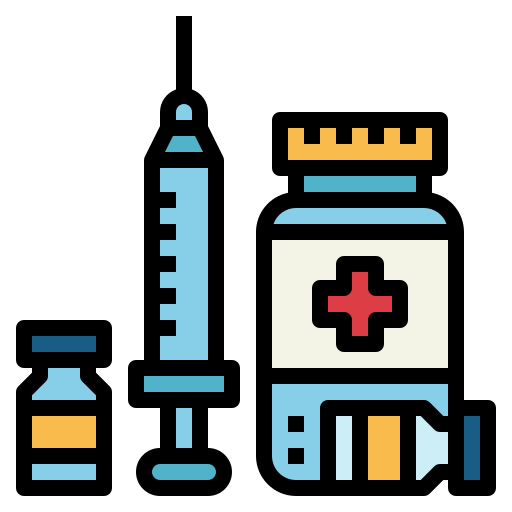The treatments detailed below are an adjunct to counselling and psychosocial interventions. Choice of treatment will be influenced by patient acceptability.
Disulfiram is prescribed for patients who would benefit from a deterrent, particularly if they can nominate a partner who can help them to take it regularly. Patients receiving disulfiram suffer unpleasant systemic reactions if alcohol is consumed. Disulfiram self-administration should ideally be supervised e.g. by a partner or an appropriate nurse, or at a day hospital. However this may not always be possible and the decision to prescribe must always be based on clinical assessment of the patients’ needs and risks.
Acamprosate can be useful for patients who suffer strong cravings. It should be initiated as soon as possible after alcohol withdrawal and maintained if the patient relapses. Repeated relapsing to heavy drinking indicates non-efficacy. Recommended treatment period is 1 year.
Naltrexone is an alternative to acamprosate and should only be commenced under specialist advice. An initial treatment period of three months should be considered. However, prolonged administration may be necessary.
Nalmefene is an opioid receptor modulator which is licensed for the reduction of alcohol consumption in adult patients with alcohol dependence who have a high drinking risk level; ≥60g (7.5 units) per day for men and ≥ 40g (5 units) per day for women, without physical withdrawal symptoms and who do not require immediate detoxification. Nalmefene should only be initiated in patients who continue to have a high drinking risk level two weeks after initial assessment. Not to be used in patients taking opioid medication.
Nalmefene should only be prescribed in conjunction with continuous psychological support – provision of which is the responsibility of the prescriber. It is expected that nalmefene will be prescribed in general practice and referral to tier two or three substance misuse services simply to facilitate prescribing of this drug is not required. Psychological support should focus on treatment adherence and reducing alcohol consumption.
